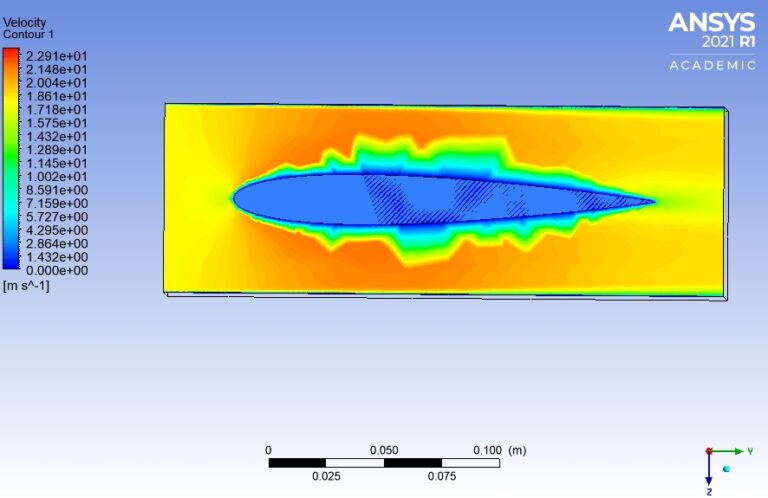ANSYS is a finite-element simulation tool that may be used to solve a variety of mechanical problems numerically. Static/dynamic, structural analysis, heat transmission, and fluid problems, as well as acoustic and electromagnetic challenges, are among these issues.
Stress analysis
Is a branch of engineering that employs a variety of techniques to determine the stresses and strains in materials and structures that have been subjected to forces.
Stress is a physical quantity that expresses the internal forces that neighboring particles of a continuous material exert on each other in continuum mechanics, whereas a strain is the measure of the material’s deformation.
Stress analysis is a critical task for civil, mechanical, aeronautical, and other engineering disciplines. Despite the name, stress analysis examines the structure for both stress and strain in order to evaluate the status of the structure under external stresses.
Beams are critical structural and/or mechanical elements that can be found in both buildings and bridges. Beams are also utilized as shafts in automobiles and railways, and as aircraft wings.
Mode analysis
The study of the dynamic dynamics of systems in the frequency domain is known as modal analysis. Measurement of the vibration of a car’s body, when attached to a shaker, or the noise pattern in a room when agitated by a loudspeaker, are two examples.
Analysis for fluid dynamics (CFD)
Computational Fluid Dynamics (CFD) is the analysis of fluid flows using numerical solution methods. Using CFD, you are able to analyze complex problems involving fluid-fluid, fluid-solid, or fluid-gas interaction.
Aerodynamics and aerospace analysis, hypersonics, weather simulation, and other disciplines of study and industry use CFD to solve a wide range of research and engineering challenges.

Thermo mechanics
Thermal analysis is a discipline of materials science that investigates the properties of materials as they vary with temperature. Thermomechanical analysis (TMA) is a technique used in thermal analysis.
The thermomechanical analysis technique is a subset of the thermomechanometry (TM) approach.





